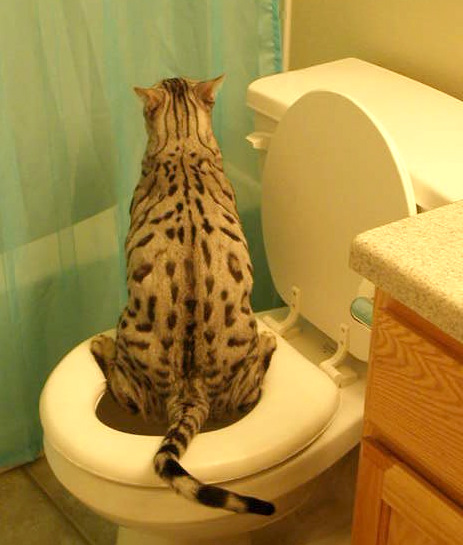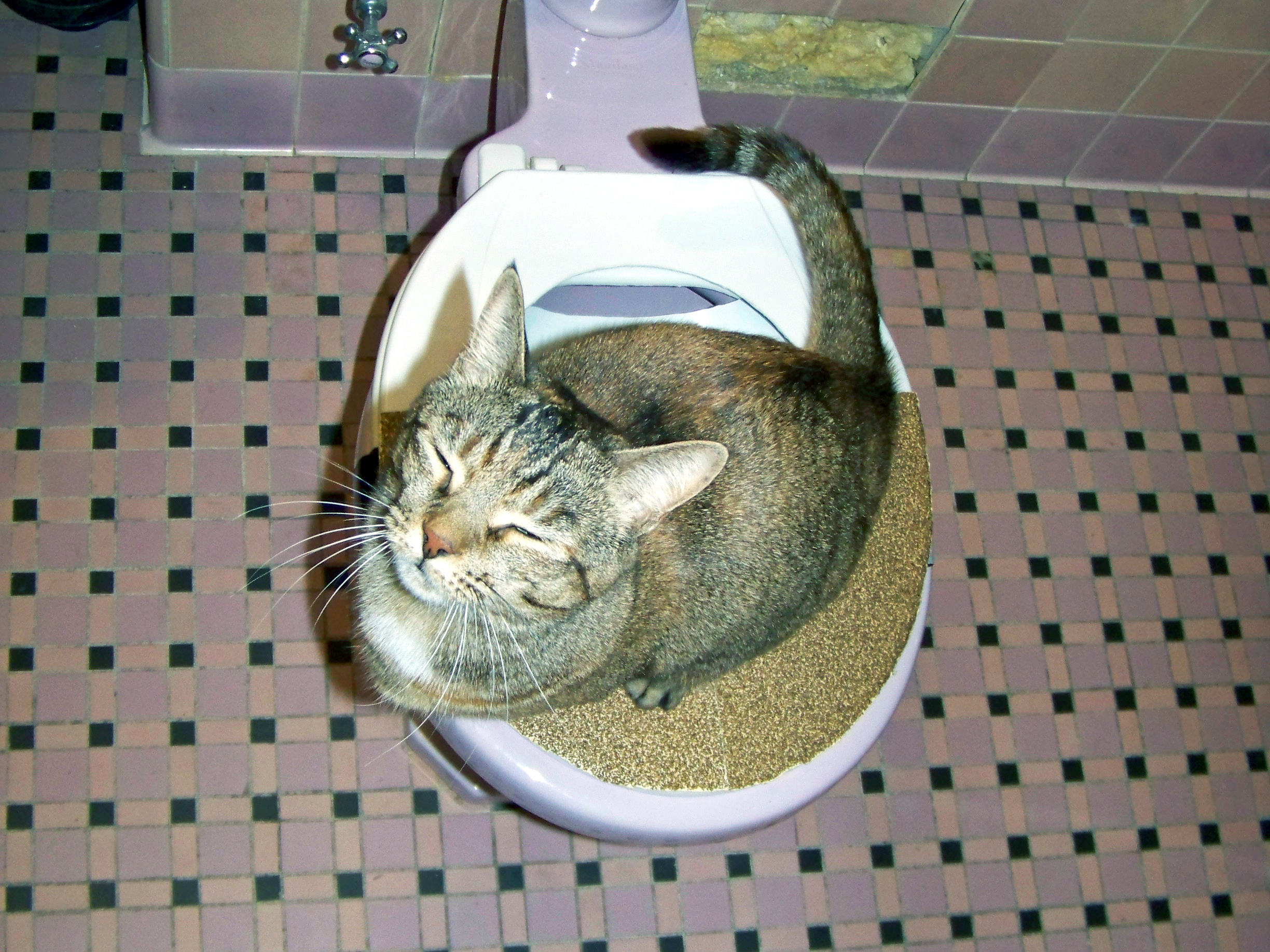Why Flushing Cat Poop Down Your Toilet Can Cause Problems - Recommendations for Proper Handling
Why Flushing Cat Poop Down Your Toilet Can Cause Problems - Recommendations for Proper Handling
Blog Article
Right here down the page you will discover a good deal of outstanding additional info about How to Dispose of Cat Poop and Litter Without Plastic Bags.

Intro
As pet cat owners, it's vital to bear in mind exactly how we dispose of our feline close friends' waste. While it may appear practical to purge cat poop down the commode, this practice can have detrimental repercussions for both the atmosphere and human health.
Ecological Impact
Purging pet cat poop presents dangerous microorganisms and parasites into the supply of water, posing a considerable threat to aquatic environments. These pollutants can negatively influence marine life and compromise water top quality.
Health and wellness Risks
Along with environmental concerns, flushing cat waste can also position health and wellness risks to human beings. Pet cat feces may contain Toxoplasma gondii, a bloodsucker that can cause toxoplasmosis-- a potentially extreme illness, especially for expectant women and people with damaged body immune systems.
Alternatives to Flushing
Luckily, there are much safer and extra responsible means to get rid of pet cat poop. Take into consideration the adhering to options:
1. Scoop and Dispose in Trash
One of the most usual technique of disposing of feline poop is to scoop it right into an eco-friendly bag and toss it in the trash. Make certain to utilize a devoted trash scoop and dispose of the waste immediately.
2. Use Biodegradable Litter
Opt for naturally degradable pet cat clutter made from materials such as corn or wheat. These clutters are environmentally friendly and can be safely taken care of in the garbage.
3. Bury in the Yard
If you have a lawn, think about hiding pet cat waste in a marked area away from vegetable yards and water sources. Make certain to dig deep sufficient to stop contamination of groundwater.
4. Install a Pet Waste Disposal System
Purchase an animal waste disposal system specifically developed for feline waste. These systems use enzymes to break down the waste, decreasing odor and environmental effect.
Final thought
Responsible animal ownership expands beyond supplying food and sanctuary-- it likewise entails correct waste administration. By avoiding flushing cat poop down the commode and selecting alternate disposal methods, we can decrease our environmental impact and shield human health and wellness.
Why Can’t I Flush Cat Poop?
It Spreads a Parasite
Cats are frequently infected with a parasite called toxoplasma gondii. The parasite causes an infection called toxoplasmosis. It is usually harmless to cats. The parasite only uses cat poop as a host for its eggs. Otherwise, the cat’s immune system usually keeps the infection at low enough levels to maintain its own health. But it does not stop the develop of eggs. These eggs are tiny and surprisingly tough. They may survive for a year before they begin to grow. But that’s the problem.
Our wastewater system is not designed to deal with toxoplasmosis eggs. Instead, most eggs will flush from your toilet into sewers and wastewater management plants. After the sewage is treated for many other harmful things in it, it is typically released into local rivers, lakes, or oceans. Here, the toxoplasmosis eggs can find new hosts, including starfish, crabs, otters, and many other wildlife. For many, this is a significant risk to their health. Toxoplasmosis can also end up infecting water sources that are important for agriculture, which means our deer, pigs, and sheep can get infected too.
Is There Risk to Humans?
There can be a risk to human life from flushing cat poop down the toilet. If you do so, the parasites from your cat’s poop can end up in shellfish, game animals, or livestock. If this meat is then served raw or undercooked, the people who eat it can get sick.
In fact, according to the CDC, 40 million people in the United States are infected with toxoplasma gondii. They get it from exposure to infected seafood, or from some kind of cat poop contamination, like drinking from a stream that is contaminated or touching anything that has come into contact with cat poop. That includes just cleaning a cat litter box.
Most people who get infected with these parasites will not develop any symptoms. However, for pregnant women or for those with compromised immune systems, the parasite can cause severe health problems.
How to Handle Cat Poop
The best way to handle cat poop is actually to clean the box more often. The eggs that the parasite sheds will not become active until one to five days after the cat poops. That means that if you clean daily, you’re much less likely to come into direct contact with infectious eggs.
That said, always dispose of cat poop in the garbage and not down the toilet. Wash your hands before and after you clean the litter box, and bring the bag of poop right outside to your garbage bins.
https://trenchlesssolutionsusa.com/why-cant-i-flush-cat-poop/

I stumbled upon that entry about Can You Flush Cat Poop Down The Toilet? while doing a lookup on the internet. Liked our blog? Please share it. Help somebody else find it. Thanks for taking the time to read it.
Click Here! Report this page